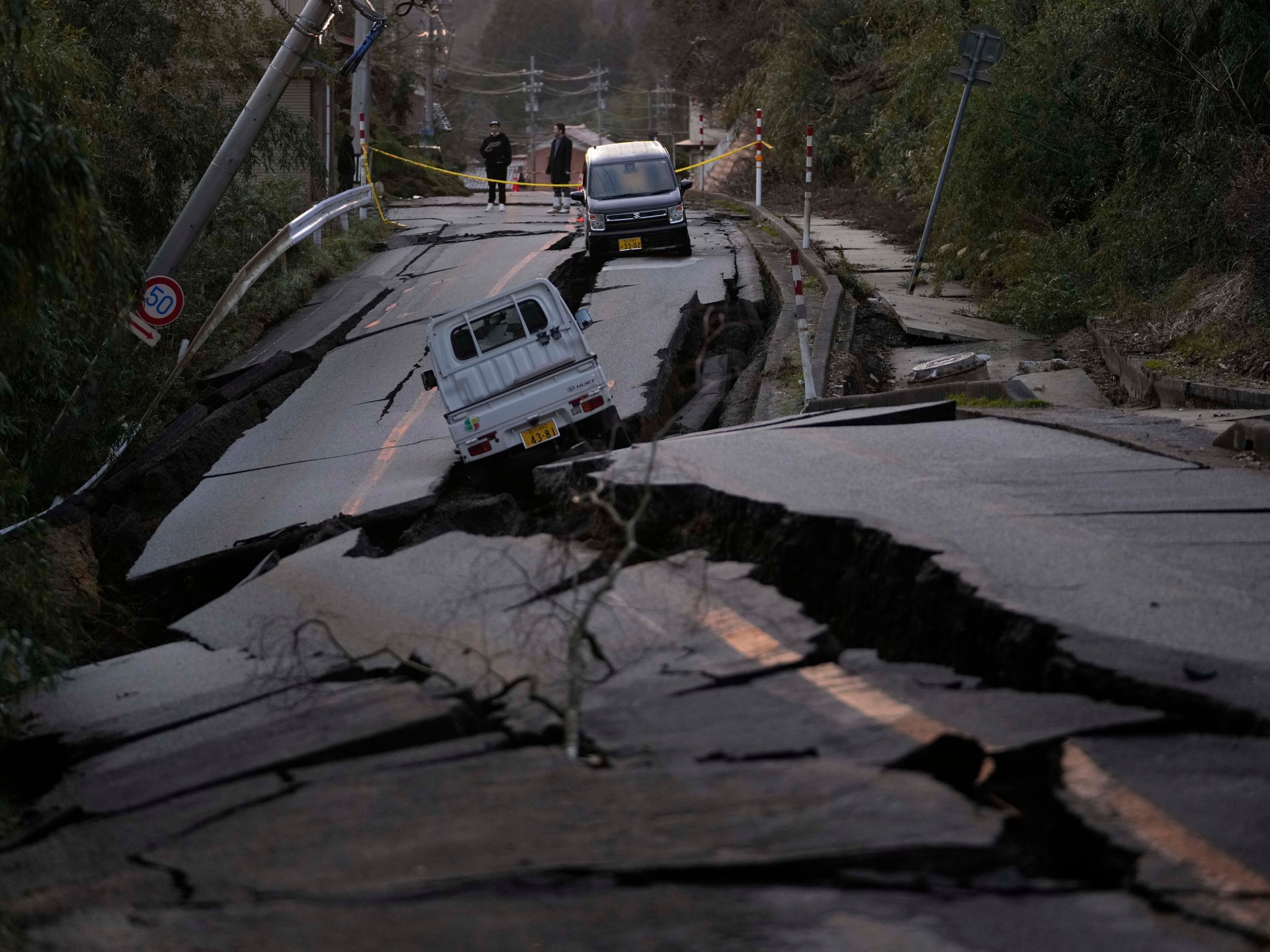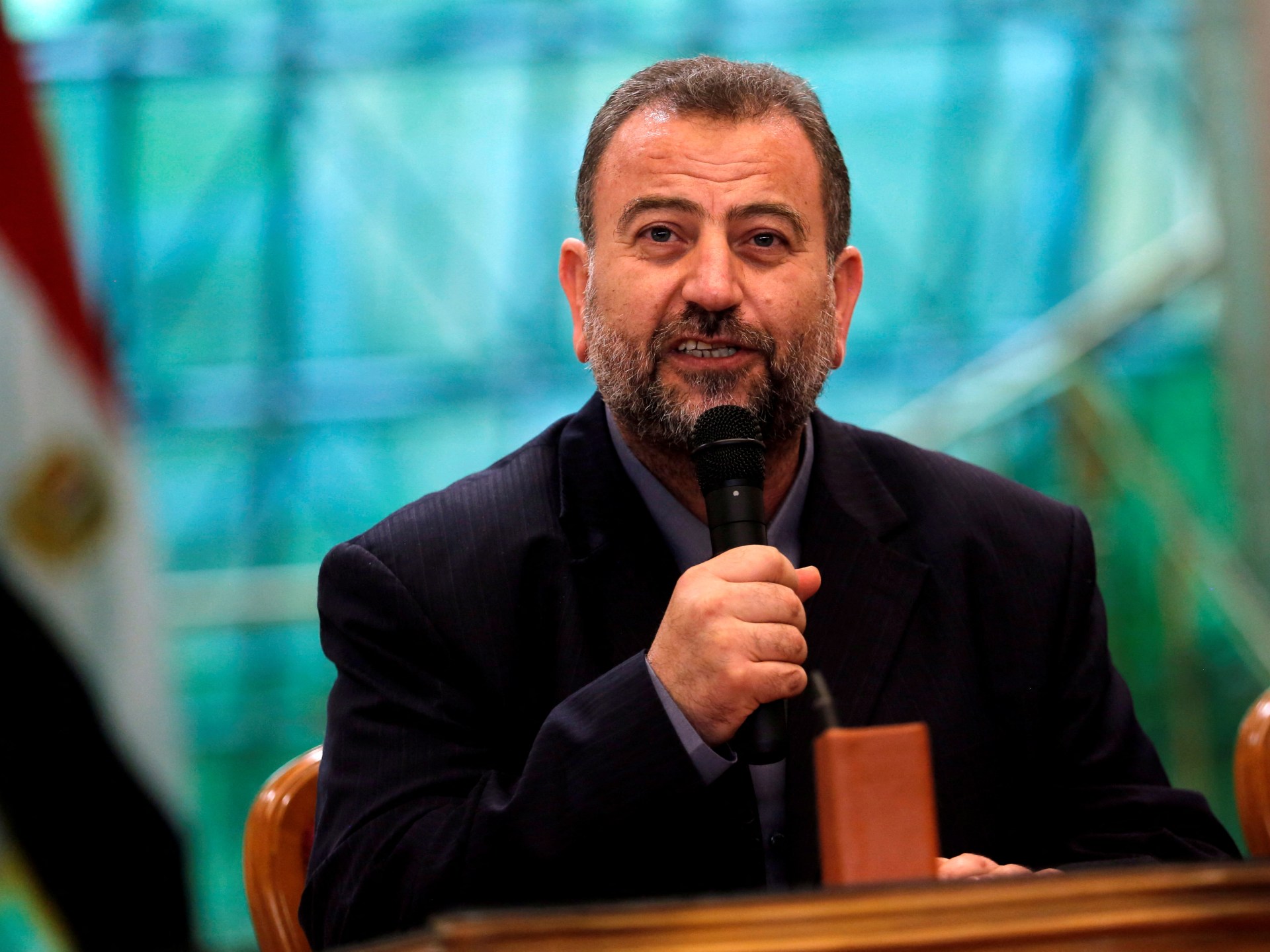At least 500 people were killed in an explosion at al-Ahli Arab Hospital in Gaza City at around 7.30pm on Tuesday, the deadliest strike since war broke out between Hamas and Israel on October 7.
In the fog of war, reactions have been confused, with denials of responsibility from both Israeli and Palestinian camps against a backdrop of competing online narratives and widespread disinformation.
But many are disinclined to believe Israel’s claim that the explosion was caused by a rocket launched by the Palestinian Islamic Jihad (PIJ) group. This scepticism has been fuelled by contradictions between Israel’s immediate and later responses.
So how has the narrative shifted since the explosion?
How did Israel react?
Initial posts on X sent by Hananya Naftali, a digital aide to Israeli Prime Minister Benjamin Netanyahu, aroused suspicion. “Israeli Air Force struck a Hamas terrorist base inside a hospital in Gaza,” he wrote, but the post was almost immediately deleted.
By 10.58pm, Naftali apologised on X for sharing “a Reuters report” that “falsely stated Israel struck the hospital”. He said he had since deleted the tweet. “As the [Israeli army] does not bomb hospitals, I assumed Israel was targeting one of the Hamas bases in Gaza,” he added.
Earlier today I shared a report that was published on @reuters about the bombing at the hospital in Gaza which falsely stated Israel struck the hospital. I mistakenly shared this information in a since deleted post in which I referenced Hamas’ routine use of hospitals to store…
— Hananya Naftali (@HananyaNaftali) October 17, 2023
A bit earlier, at 9:04pm, the Israeli army had published a post blaming the strike on a misfired missile launched by PIJ: “From the analysis of the operational systems of the [Israeli army], an enemy rocket barrage was carried out towards Israel, which passed through the vicinity of the hospital when it was hit,” it said.
Breaking: IDF Spokesperson
From the analysis of the operational systems of the IDF, an enemy rocket barrage was carried out towards Israel, which passed through the vicinity of the hospital when it was hit.
According to intelligence information, from several sources we have,…
— Israel ישראל 🇮🇱 (@Israel) October 17, 2023
However, it transpired the post had been edited. An earlier version had included alleged video evidence.
But Aric Toler, a journalist on the visual investigations team at The New York Times, disputed the accuracy of the footage, noting that the time stamp indicated it had been recorded 40 minutes after the time of the explosion.
The first public mentions of the hospital strike were around 7:20pm local time. This livestream shows an explosion at about 8pm local time. https://t.co/YqfOA0iDcz
— Aric Toler (@AricToler) October 17, 2023
As a jumbled narrative emerged, sceptics seized on comments by Tal Heinrich, a spokesperson for Netanyahu, who told CNN on Tuesday night that the “[Israeli army] does not target hospitals”, adding, “We only target Hamas strongholds, arms depots and terror targets”.
But in a statement issued on the night of the explosion, the World Health Organization (WHO) pointed out that there had actually been over 51 attacks on healthcare facilities in Gaza since the start of the conflict on October 7. Fifteen healthcare workers had been killed and 27 injured.
The Israeli military itself had issued evacuation orders last week from 22 hospitals treating more than 2,000 patients in the Gaza Strip as it intensified its bombing campaign. A senior health official in Gaza told Al Jazeera that Israel had fired two artillery shells as a “warning” at al-Ahli Arab Hospital days before the explosion.
“Now, even a hospital is not a safe place anymore …” said Dr Richard Peeperkorn, WHO representative for the West Bank and Gaza.
What ‘evidence’ is out there?
The Netanyahu government has denied that the blast could have been the result of an Israeli air strike.
On October 18, Netanyahu reposted evidence collated in a video from the army, showing examples of craters caused by army bombs, including holes of seven and nine metres, and aerial images of the hospital site. There were “no visible signs of craters or evidence of craters or significant damage to buildings,” said the video.
A failed rocket launch by the Islamic Jihad terrorist organization hit the Al Ahli hospital in Gaza City.
IAF footage from the area around the hospital before and after the failed rocket launch by the Islamic Jihad terrorist organization: pic.twitter.com/AvCAkQULAf
— Israel Defense Forces (@IDF) October 18, 2023
“The entire world should know: It was barbaric terrorists in Gaza that attacked the hospital in Gaza, and not the [Israeli army],” Netanyahu said in another post.
A widely circulated video of the blast, obtained from an Israeli Telegram account called Intellinews, doubled down on the Israeli army’s misfired rocket theory. Israeli analyst David Lisovtsev said: “This is a surface explosion, almost no soil is thrown up, so it’s not an air bomb. Looks like a failed Hamas rocket that landed there, what a tragedy has Hamas brought to the people of Gaza!”
First clear footage from the Al Ahli tragedy in Gaza, but what do you notice?
this is a surface explosion, almost no soil is thrown up, so it's not an air bomb.
Looks like a failed Hamas rocket that landed there, what a tragedy has Hamas brought to the people of Gaza! pic.twitter.com/MNzo16ZKXt
— David Lisovtsev (@david_lisovtsev) October 17, 2023
On October 18, Justin Bronk, a senior research fellow for Airpower and Military Technology at the Royal United Services Institute think-tank in London, posted an image of the hospital’s burned-out parking lot circulated by an analyst at the US Center for Naval Analyses, with no crater visible. “Still not conclusive, but IF this is the extent of the damage then I’d say an airstrike looks less likely than a rocket failure causing an explosion and fuel fire,” he said.
No crater or obvious shrapnel pattern consistent with standard IAF JDAM/Mk80 series bombs visible in this image. Still not conclusive, but IF this is the extent of the damage then I’d say an airstrike looks less likely than a rocket failure causing an explosion and fuel fire. https://t.co/nKeGHYueRK
— Justin Bronk (@Justin_Br0nk) October 18, 2023
The Israeli army also released a video showing spokesperson Daniel Hagari translating a recording of a conversation between purported Hamas officials, where they appear to talk about the misfired rocket that had caused the hospital blast.
To some, it seemed too neat. As one journalist later asked Hagari: “I’d like you to address the question of credibility, because … the [Israeli army] has a less than perfect track record with the issue of credibility”.
In his response, Hagari admitted that the military had lied before, but that now was different.
Journalist to IDF spokesmen claiming Israel didnt bomb the hospital: "I'd like you to address the question of credibility, because.. the IDF has a less than perfect track record with the issue of credibility"
His response? Yes we were lying those other times, but not this time. pic.twitter.com/8CDauMIKQf
— Saul Staniforth (@SaulStaniforth) October 18, 2023
Why the scepticism?
Many are inclined to disbelieve the Israeli government and army since the death of Al Jazeera journalist Shireen Abu Akleh, which saw the Israeli government first deny, then admit to killing her.
Assassinated in May 2022, while reporting on Israeli incursions into the Jenin refugee camp, the veteran Palestinian-American journalist was shot in the head by a soldier.
At the time, Naftali Bennett, then the prime minister of Israel, responded with an online message, accusing Palestinians of her murder. “According to the information we have gathered, it appears likely that armed Palestinians – who were firing indiscriminately at the time – were responsible for the unfortunate death of the journalist,” he said.
Later, the Israeli military said there was a “high possibility” that slain Abu Akleh was “accidentally hit” by Israeli army fire. However, it decided not to pursue a criminal investigation into her death. This month, a report from a UN-mandated investigative body said Israeli forces used “lethal force without justification” when they shot and killed the journalist, violating her “right to life”.
Scepticism is also fuelled by the ruthlessness of the Israeli attacks on the besieged population of Gaza. At 7pm on October 17, shortly before the blast, Itamar Ben-Gvir, Israel’s minister of national security, had said on X: “As long as Hamas does not release the hostages in its hands – the only thing that needs to enter Gaza are hundreds of tons of explosives from the Air Force, not an ounce of humanitarian aid.”
Netanyahu's office had tweeted this just before the Israeli airstrike on a Gaza hospital that killed more than 500 Palestinians. After the news of hospital killing came out, the tweet was quietly deleted. pic.twitter.com/1yhemvmxbE
— Ashok Swain (@ashoswai) October 17, 2023
Shortly after the blast, Netanyahu deleted a message from his X feed that repeated a line from his address on October 16 to the Knesset. It said: “This is a struggle between the children of light and the children of darkness, between humanity and the law of the jungle”. The message appeared to echo the tone used earlier by Israeli Defence Minister Yoav Gallant, who had described Palestinians as “beastly people”.

 Movie
Movie 6 months ago
165
6 months ago
165 






![Presidents Day Weekend Car Sales [2021 Edition] Presidents Day Weekend Car Sales [2021 Edition]](https://www.findthebestcarprice.com/wp-content/uploads/Presidents-Day-Weekend-car-sales.jpg)



 English (United States)
English (United States)